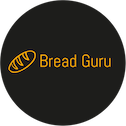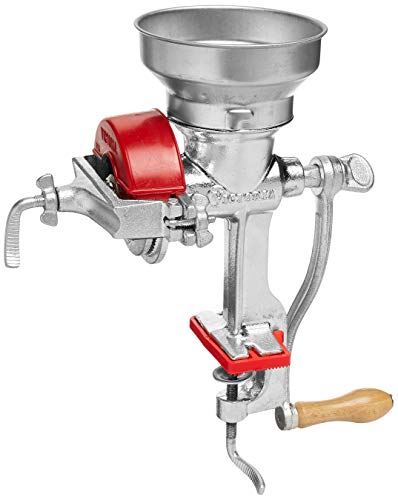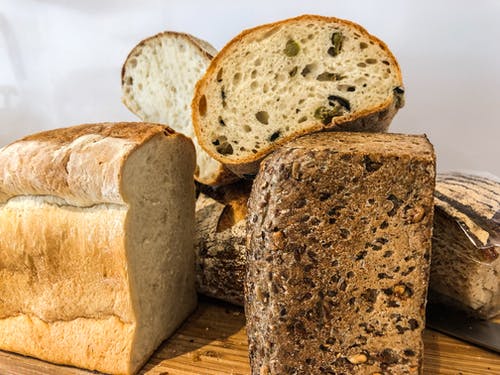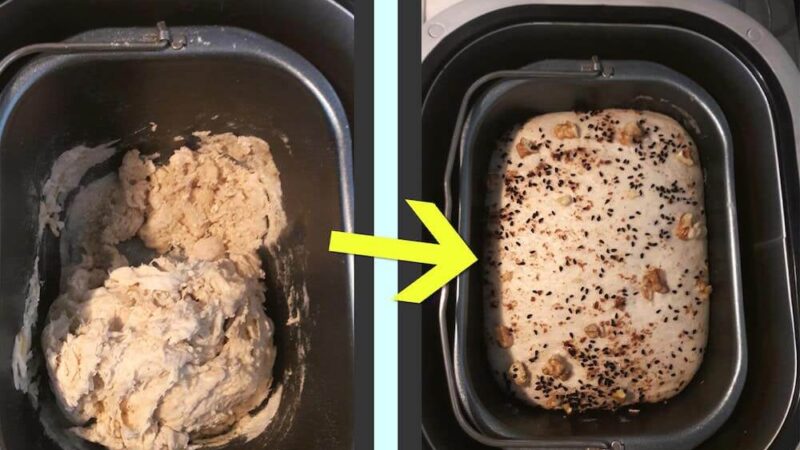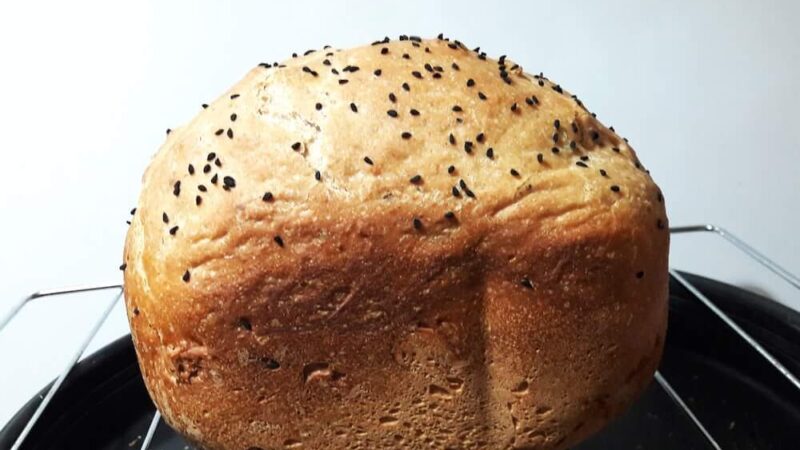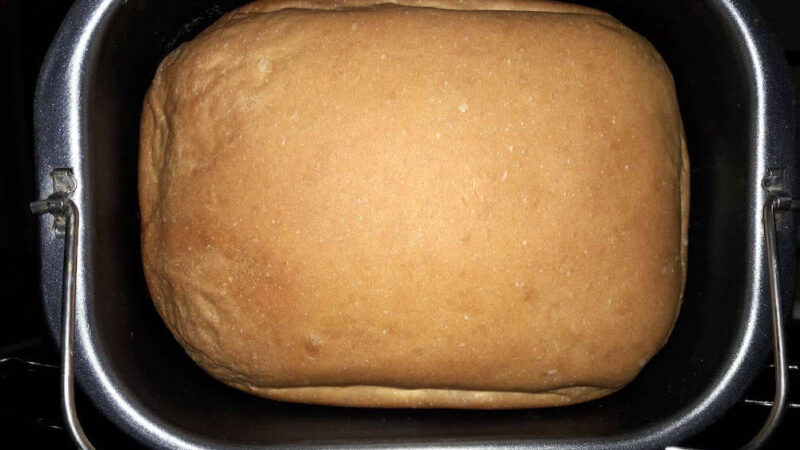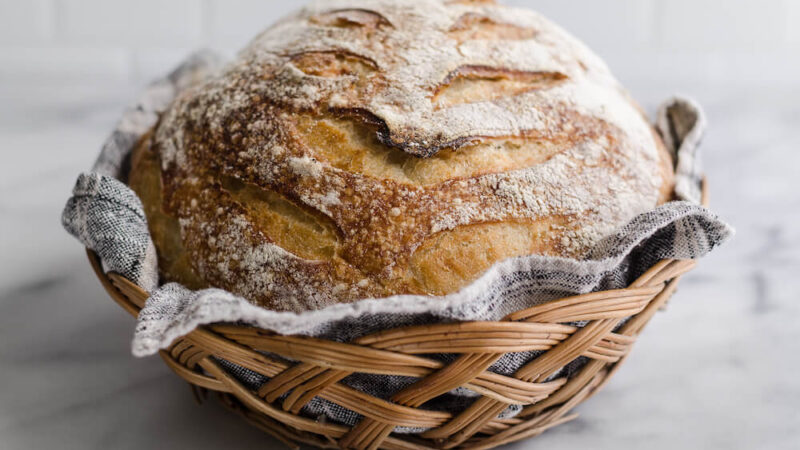A Short Guide to Grinding Your Own Flour
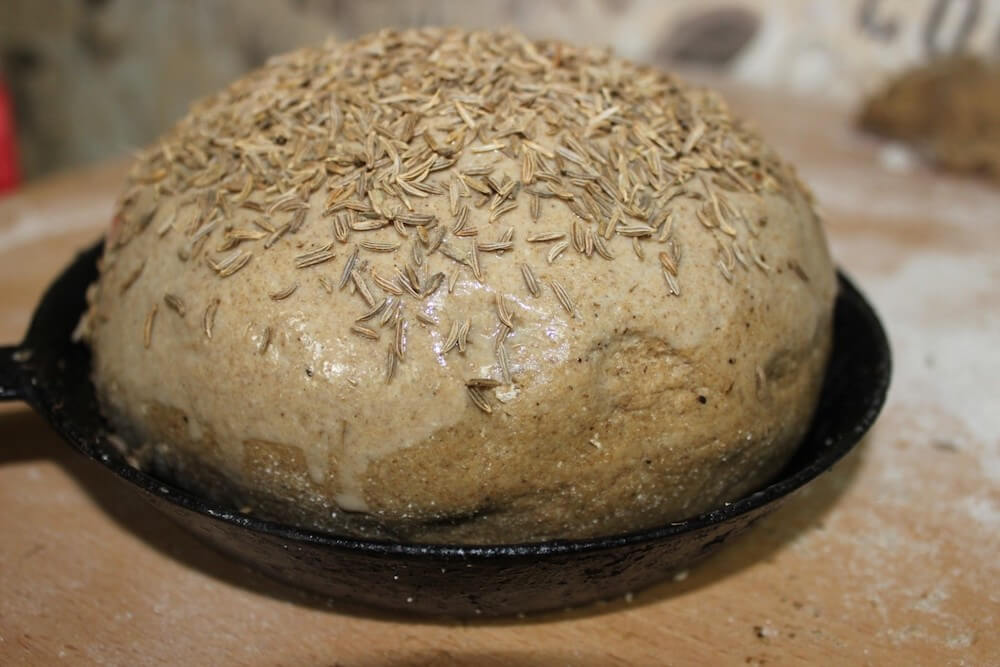
Baking bread with freshly milled flour from whole grains is an emerging culinary trend. Flour drives flavor, which is why flour that is milled at home gives you optimum results while baking. Home grinding allows you to control the ingredients and the quality of the flour, and is more nutritious.
Where to Buy Grain Grinders for Home Use
Once you have decided to freshly grind your whole grains at home, there are endless varieties of grain grinders available on the market. Online sites like Amazon sell some great grain grinders that are perfect for home use. In addition to looking for great brands and offers, it is essential to keep in mind features like efficiency, grinding plates, noise level and horse power.
The grinders come in different sizes, and price range. If you are an avid baker, then it makes more sense to invest in a more advanced home mill, rather than buying the cheapest one. The more you use it, the faster it will deteriorate, and you will need to change parts.
For those of you who like to bake bread from time to time, and enjoy the smell of the fresh flour, I recommend to buy a grinder on the cheaper side. The Victoria GRN-101 Manual Grain Grinder with Low Hopper Black
Now, if you are are an avid baker, and baking is more than just a hobby, then I recommend to invest in a home grinder with a higher performance. The Powerful Electric Grain Mill from Wondermill is highly recommended. I encourage you to get an electric grinder, to save you time, but also for a more precise and finer flour texture.
Why Should You Grind Your Own Flour?
If you have not decided yet if grinding your own flower is for you or not, here are 5 reasons that might help you make up your mind:
- Better nutritional value. Whole grains provide plenty of different nutrients. The quality of your flour depends on various things like the condition in which the grains grow, the milling process, and the size of the production. Flour loses most of its naturally occurring nutrients, vitamins, antioxidants, and minerals when produced in mass scale.
- It tastes good. When it comes to food, fresh is always better. Freshly milled flour will not go rancid very quickly and the oils in the grain kernel add lightness to the flour. This means, your freshly baked bread is going to be lighter and fluffier.
- Potential savings. Though the initial cost of investing in a grinder is quite high, milling flour at home is cheap and saves a lot of money in the long run, if you are a passionate active baker.
- Better flour texture. Grinding your own flour helps to control the texture of the grain. The various settings found in the grinder will help you to grind fine or coarse textured flour of your choice easily.
- Easy and quick. Flour grinders are easier to operate than most kitchen appliances. You press the “on” button, pour in the grain, and you get your nutrient rich freshly milled flour in seconds.
Does the Bread Taste Better if You Grind the Grains at Home
Bread made from freshly milled flour tastes delicious. They are super soft, moist, slightly sweet, and nutty. This doesn’t come as a surprise, when you consider how many foods taste far better when they are still fresh.
Commercially available flour removes the germ and bran, and grinds only the endosperm. This is due to the fact that, the oils found in the germ and bran can make the flour go rancid very quickly. Thus it not only removes the essential nutrients from the flour, but also its flavor.
Freshly milled flours contain all those natural oils from the bran and germ, and taste better due to these aromatic ingredients. In addition, the presence of these aromatic oils make the bread taste better. Once you enjoy a loaf of bread made from your milled flour, it’s so delicious, that you will never go back to store bought flour.
Where to Buy the Grains?
Online sources provide a great option, where you have access to the common grains, as well as the more exotic varieties of whole grains. To compensate the huge shipping or transportation cost associated with online buying, you can purchase whole grains in higher, quantities so that the final cost per pound is less. You can buy for example, this rye malt from Amazon, or many more.
Types of Grains
There are plenty of different types of grains available that you can purchase and grind at home to bake fresh flour. You can also blend different types of flour and bake something new every time. Here are some of the main grains used for baking bread:
- Wheat grains. The most common varieties of wheat grains include hard red, hard white and soft white wheat flour. Hard red wheat flour is quite similar to a whole wheat and can be used with other flours when baking bread. Hard white flour is the best for making bread and has a texture similar to all-purpose flour. Soft white flours are similar to pastry flour and are great to bake cakes, muffins, cupcakes, and many other delicious treats.
- Spelt. Spelt has less gluten compared to hard white wheat and is easily digested. Spelt tastes delicious in pancakes, cookies, tortillas, and baked goods.
- Oat Groats. You can either coarse grind oat groats to make your own steel cut oats or fine grind into oats powder. Oats flour can be added to muffins, baked good, pancakes and quick breads.
- Kamut. Kamut is yet another amazing grain that can be used to make bread, pasta, muffins and baked goods. It has more proteins that wheat flour, which makes it a more attractive options for people who would like to improve on their food quality.
- Buckwheat groats. Buckwheat is another gluten-free grain. When milled to a fine flour, buckwheat creates lightness in the recipes. It has a more prominent flavor than kamut or spelt.
- Other grains that can be milled at home are: einkorn, emmer, quinoa, corn, barley et, which are not only nutritious but also add variety to your baking routine.
How to Grind Your Wh
 ole Grain Flour
ole Grain Flour
An in-depth tutorial on how to mill your own flour is not essential as grain grinders are very simple and easy to use. The easiest way is to read the grinder machine’s manual, but if, for any reason, you don’t have access to that, then here are the steps that pretty much you have to follow:
- Pour in the grains of your choice into the mill. Normally there is a dedicated space for that, and it is easily noticed. Try to not overfill.
- Press the “on” button. To start the grinding process, there should be a button that turns on the machine.
- Grind to the desired texture. The more you grind, the finer the texture of the flour will be.
- Press the switch off button. To stop the process, you either have e separate button for this, or just an on/off switch. Do not open the grinder’s lid before switching the machine off.
- Store the leftover flour in a cool, dark place to avoid nutrients and flavor losses.
Do you have any experience with home grain grinder, that you would like to share with the rest of us? Or some interesting combinations of different grains for a delicious bread? We would love to hear from you.
